
The Power of Following Children’s Lead
Joining children in their play offers so many opportunities to encourage, communicate, bond, spark and share joy, teach, show warmth and kindness, and help them thrive.
After a long day apart (or even together!), it may be challenging to “jump in” to spending uninterrupted quality time with your little one. It can help to first take a minute to acknowledge the stress of the day or the moment, recognize that you need a moment to reset, and choose a small gesture of self-care, such as taking a few deep breaths or pouring a glass of water or a mug of tea.
Even when life and parenting pressures feel overwhelming, the good news is that children are constantly offering us the opportunity to “follow their lead” — and that often means playing! Notice what children are doing, and join them “where they are,” adding your own encouragement and teaching as you go. Joining children in their play offers so many opportunities to encourage, communicate, bond, spark and share joy, teach, show warmth and kindness, and help them thrive.
When you follow children’s lead, they feel seen and heard. You’re showing them that they’re loved, and they matter!
Start by noticing what your child is already doing. For instance, if they’re playing with a ball:
- ask if they’ll roll or throw it to you, then you can roll or throw it back
- stay focused on your back-and-forth interaction
- comment on what’s happening (“that was a fast roll!” or “now you roll the ball, now I roll the ball”)
- praise their efforts (“you’re getting strong!”)
- ask questions to extend the experience (“should we see if this ball bounces?”)
- invite them to join you in counting each roll or throw
- tell them how much you love playing with them
When your child moves on to something else, let them be the leader! (For instance, if they move on from the ball to blocks, simply join in on the block play.)
You can follow babies’ lead by following their gaze and beginning to interact with them about what they are looking at (“Oh, you see the birds in the bush? Let’s move your stroller closer to get a better look. Let’s sing along with them!”).
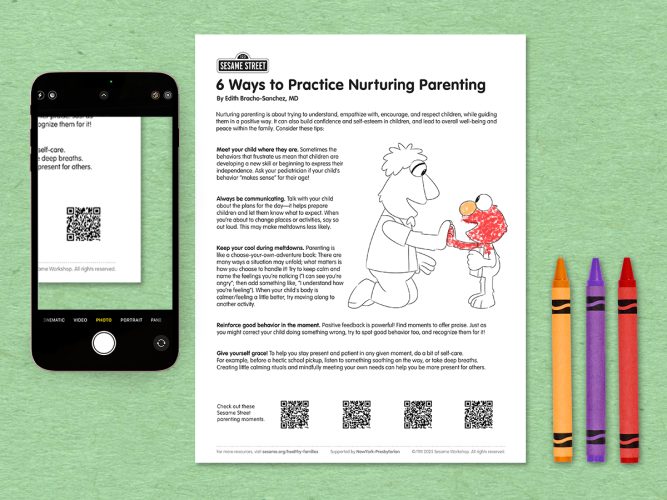
6 Ways to Practice Nurturing Parenting
Tips from a pediatrician on understanding, empathizing with, encouraging, and positively guiding children.
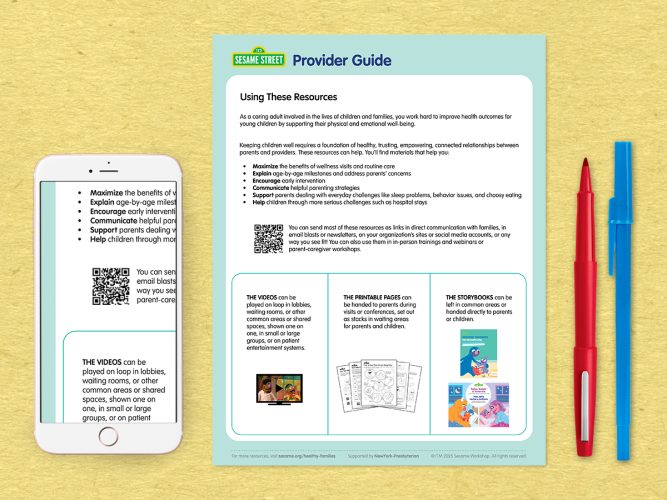
For Providers: Using These Resources
Print and refer to this page as you implement the materials in this initiative.
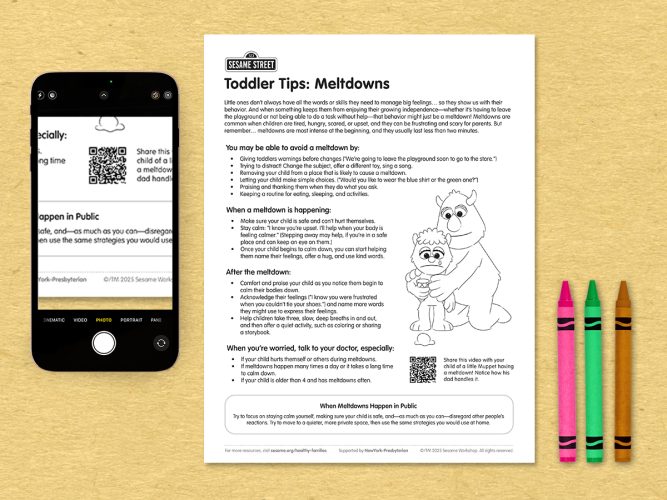
Toddler Tips: Meltdowns
Strategies for during and after a meltdown…and even some ways meltdowns might be avoided.
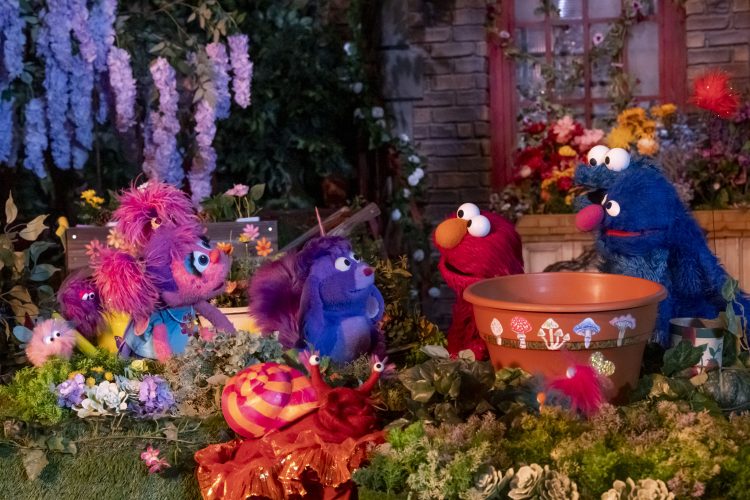
Watch and Play: Abby's Magical Beasties
Watch this episode and explore ways to extend the learning at home.
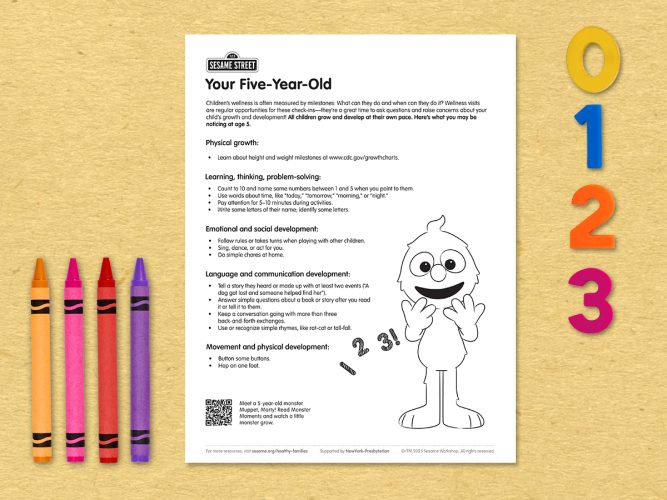
Milestones: Your Five-Year-Old
All children grow and develop at their own pace; use this chart to guide your expectations and observations so you can talk to your child’s pediatrician about questions or concerns.
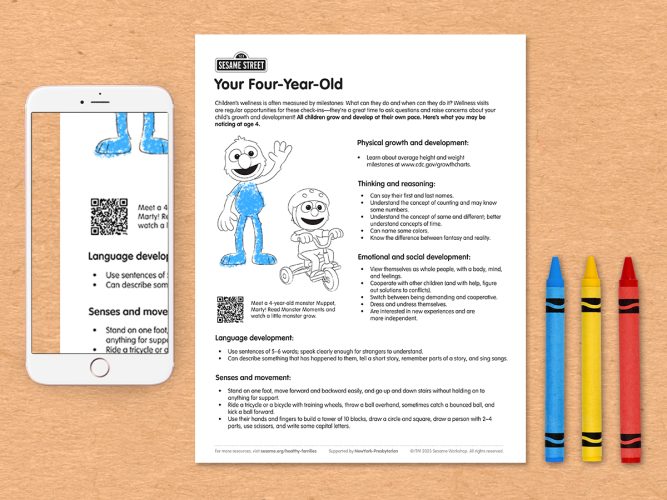
Milestones: Your Four-Year-Old
All children grow and develop at their own pace; use this chart to guide your expectations and observations so you can talk to your child’s pediatrician about questions or concerns.

Milestones: Your Six-Year-Old
All children grow and develop at their own pace; use this chart to guide your expectations and observations so you can talk to your child’s pediatrician about questions or concerns.
